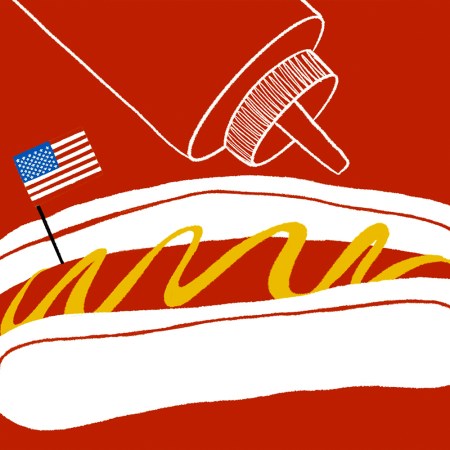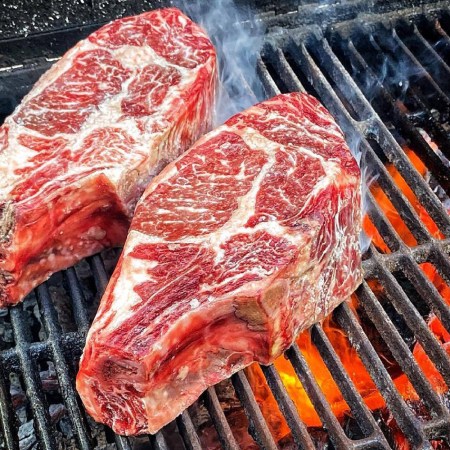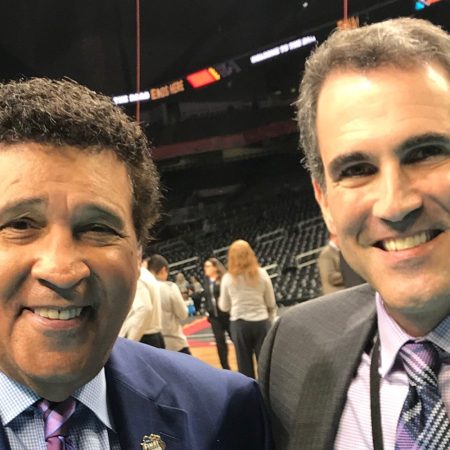With grilling season ramping up across the country, it’s necessary to make sure your most important backyard cooking tool is in tip-top shape. Like any other culinary workhorse, both gas and charcoal grills need a little TLC to maintain top performance and overall longevity. This ultimate maintenance checklist will ensure your grill is ready to go all summer long.
Step One: Clean
The first step of grill maintenance is both the most obvious and most overlooked: grill cleanliness. An annual deep clean of the grill is a must to ensure safe, reliable grilling sessions again and again. Make sure your grill is cool and its gas lines are disconnected. If your grill has removable burners, pop those out — you need access to the very bottom of the housing. Remove any large bits of debris, and use steel wool pads to give the grill a nice once-over. Completely spotless isn’t a must, but a film of ash and grease is a fire waiting to happen. Once you’re satisfied with the steel wool’s performance, wipe down the grill with a damp cloth to remove any lasting residue.
Once the grill is cleaned, pop out the grease trap. This small metal box found at the bottom of the grill housing is designed for easy removal and cleaning. Because they’re usually the funkiest of the components, a long soak in hot soapy water is probably called for. Once cleaned, line the inside with a few layers of heavy-duty foil for even easier cleaning next time.
5 Unexpected Foods to Grill This Season
These dishes will up the ante of every backyard gatheringStep Two: Inspect
Next, inspect the grill frame, lid and other structural components. Look for signs of rust, corrosion or instability — if the grill is wobbly or has loose parts, tighten any bolts or screws. Inspect the lid’s hinges and handle to make sure they’re secure and functioning properly. Replacement parts are usually readily found on the manufacturer’s website (in my experience, they’re more than happy to send you a replacement hinge rather than have the grill fail mid-session).
If you have a gas grill, inspection of the burners and gas hoses is an essential safety requirement. Check each burner for blockages, holes or signs of heavy wear. Blockages can be caused by food particles, ash or even insect nests, leading to uneven heat distribution or burner malfunction. Use a wire brush or a pipe cleaner to clear any obstructions in the burner ports. If the burners are extensively corroded or damaged, replacement is advised to avoid potential gas leaks or inconsistent flame patterns.
Next, check that the igniters are in good working condition. Test them to see if they produce a spark; if the igniters fail to spark or are inconsistent, replace the battery within the system (most models house a AA battery within the ignitor button itself — just twist the button off and replace). Finally, carefully inspect the gas hoses and connections. Look for cracks, leaks or signs of wear. To test for gas leaks, apply a solution of soapy water to the gas connections and watch for bubbles when the gas is turned on. If bubbles form, there’s a leak that requires immediate attention. Tighten connections or replace faulty hoses as needed.
Step Three: Season the Grates
Seasoning your grates regularly, especially after deep cleaning or extended periods without use, helps maintain the grill’s performance and longevity. It also enhances the flavor of grilled foods, as the seasoning develops over time and imparts a subtle smokey essence to whatever you cook.
Start with clean, dry grates, as any moisture or residue will interfere with the seasoning process. Once clean, choose an oil with a high smoke point like canola, vegetable, grapeseed or peanut. Apply a light, even layer of oil to the entire surface of the grates using a clean towel. The key is to achieve complete coverage without excess oil buildup, which can create sticky or gummy residue when heated. After applying the oil, turn the grill to a high temperature and let it heat for 15 to 30 minutes. The oil will polymerize, forming a hard, protective layer of carbon. During this process, you’ll notice smoke rising from the grates — this is normal and indicates that the oil is bonding to the metal.
Our grills are true cooking staples, and maintaining them properly is a crucial part of the process. Revisit this simple grill maintenance checklist at the start of every season to cook like a true pro.
Join America's Fastest Growing Spirits Newsletter THE SPILL. Unlock all the reviews, recipes and revelry — and get 15% off award-winning La Tierra de Acre Mezcal.

























